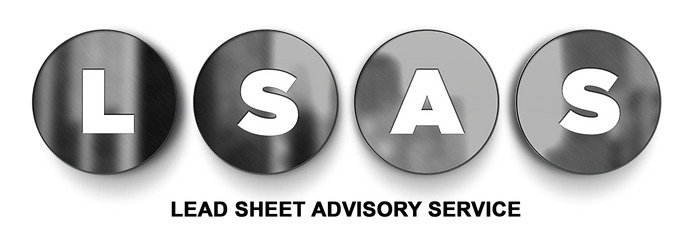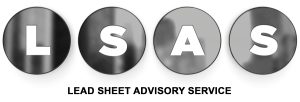The British Standard BS EN 12588 requires thickness consistency and Rolled Lead Sheet achieves this. The rolling process involves passing slabs of Lead back and forth between high pressured rollers. The process is computer controlled to consistently obtain an exact predetermined thickness and knitted grain structure, allowing the performance of the product to be accurately predicted whilst in situ.
Lead sheet has one of the highest recycling rates of all non-ferrous metals used in building and construction. Research has shown that the level of recycling is between 90 – 95% and by recycling at these rates it avoids the material being sent to landfill sites reducing potential environmental burdens. In addition, as the metal melts at low temperatures recycling provides an effective method of providing a raw material that can be converted to new products with minimal energy requirements.

Scrap lead recovered from building projects is straightforward to recycle, but the process is more complex in other industries. This is particularly so with car batteries for which, though disposal facilities are becoming more widespread, the economics of lead’s extraction are far less favourable. To put some perspective on the problem, lead accounts for 58% of a battery but around 80% of lead produced worldwide is used in their production.

